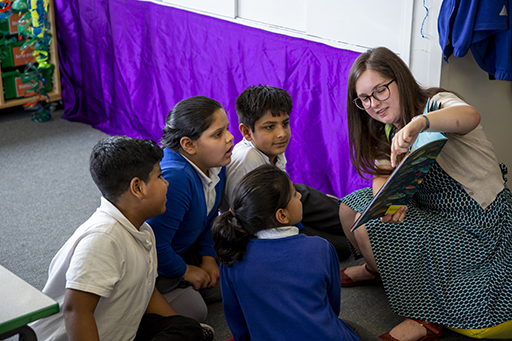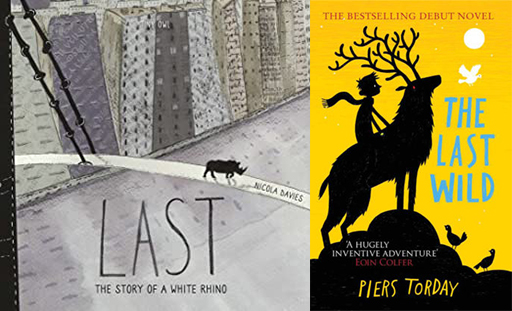3 The concept of pleasure
The distinction between reading for pleasure and pleasure in reading needs to be recognised. The former is a ‘purposeful volitional act with a large measure of choice and free will’ (Powell, 2014) and the latter involves pleasure in the act, regardless of whether or not the reading was self-chosen or required within the curriculum.

The extract below from the Department for Education RfP Audit for the English Hubs (2020) reminds us that, as you explored in Session 5, there are four interrelated practices which motivate and support choice-led reading.

Reading for Pleasure Provision
There are four specific practices that, combined, motivate children to choose to read and become frequent readers.
- High quality reading aloud for pleasure. This is in addition to reading aloud as part of literacy teaching. Reading aloud for pleasure enables children to access rich, challenging texts, offers a model for silent reading, prompts affective engagement and creates a class repertoire of ‘texts in common’ to discuss.
- Talking about texts reader to reader. Talk about texts is essential to all literacy teaching, but this reader to reader talk is more informal, often spontaneous, and includes reciprocal book recommendations between children and teachers.
- Choice-led independent reading time. Children need time to read and support for making informed choices from a range of texts that tempt.
- Social reading environments in and around school. These are key to creating a strong reading culture. Successful environments invite readers to engage and share the pleasures of reading.
The practices noted not only comprise the four strands of RfP pedagogy and support choice-led reading, they also happen regularly in English lessons and right across the curriculum. So, teachers need to be sure why they are using reading aloud, for instance. For example, a teacher might read aloud an extract on endangered species, expect children to answer questions and discuss this, and then set reading from other texts in order for each child to produce a written summary. The purpose of such teacher-framed and led work will be developing children’s comprehension and knowledge about the impact of habitat loss and poaching. It will involve the children listening, answering the teacher’s questions, discussing habitat loss and then practising the skills of skimming, scanning and summarising key facts. This is not a pedagogy focused on Reading for Pleasure or choice-led reading, however there may be pleasure in this reading, especially for those children who are fascinated by tigers, pangolins or orangutans.
Equally, children may enjoy listening to their teacher read aloud the class novel The Last Wild by Piers Torday, prior to answering comprehension questions about the characters, setting or plot. Again, the teacher will be trying to make the teaching and learning about the text a positive, pleasurable experience and some children, particularly perhaps the higher achievers in terms of reading and writing, will experience it as such.

By definition, however, this is not Reading for Pleasure or choice-led independent reading undertaken voluntarily in anticipation of some intrinsic satisfaction from the experience.
Nonetheless, the pleasure experienced in such teacher-led work, may lead to recreational free-choice reading. For instance, in the first example, children may seek out other information texts about endangered species or choose to read fictional texts such The Last Rhino by Nicola Davies as a consequence. Or in the second example, children may hunt for their own copy of the class reader or the next book in the series by Piers Torday. Developing Reading for Pleasure is not guaranteed though and these possibilities will depend upon text availability, access and staff planning. Teachers need balanced provision, time and space to develop a rigorous Reading for Pleasure pedagogy, as discussed in Session 5.
